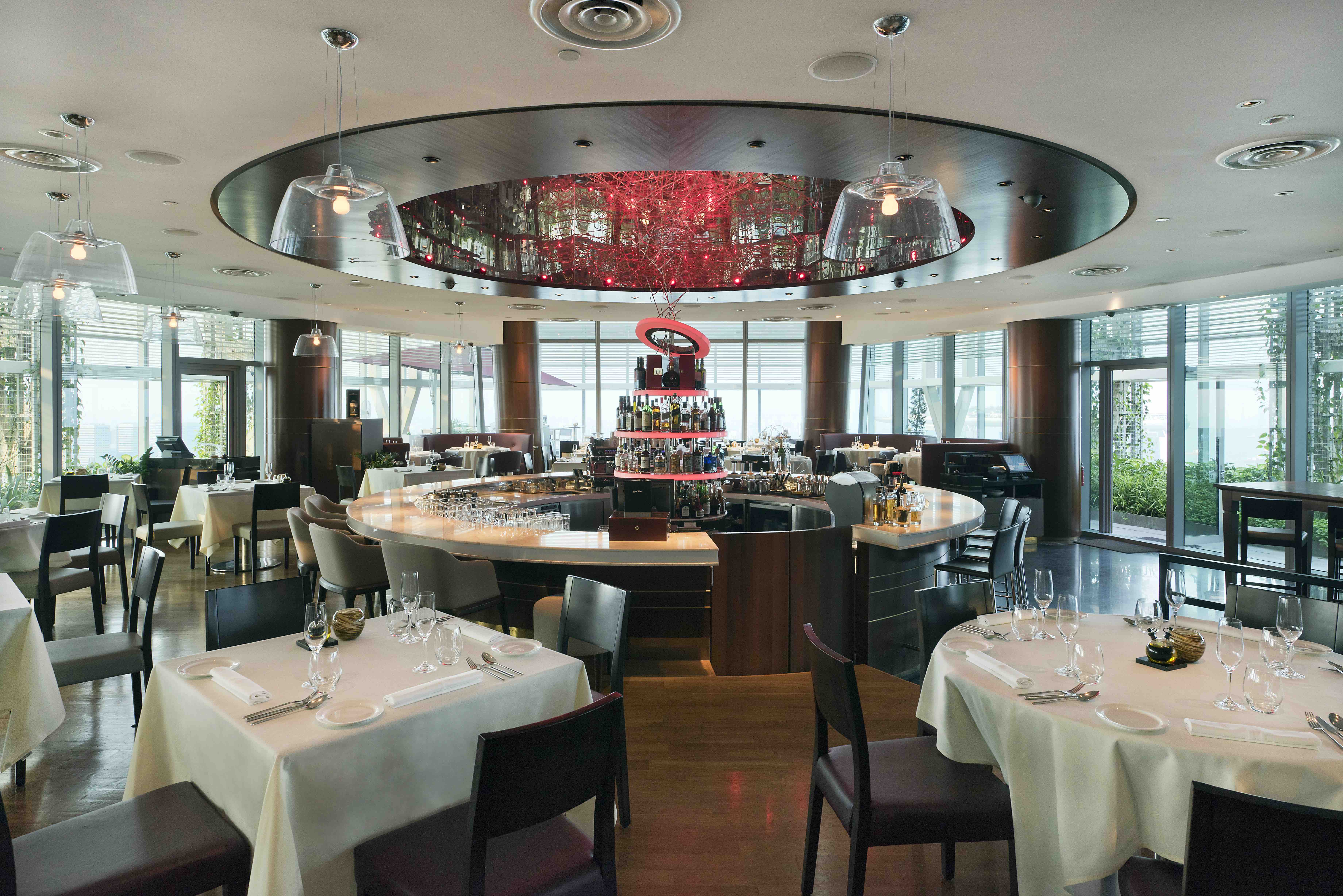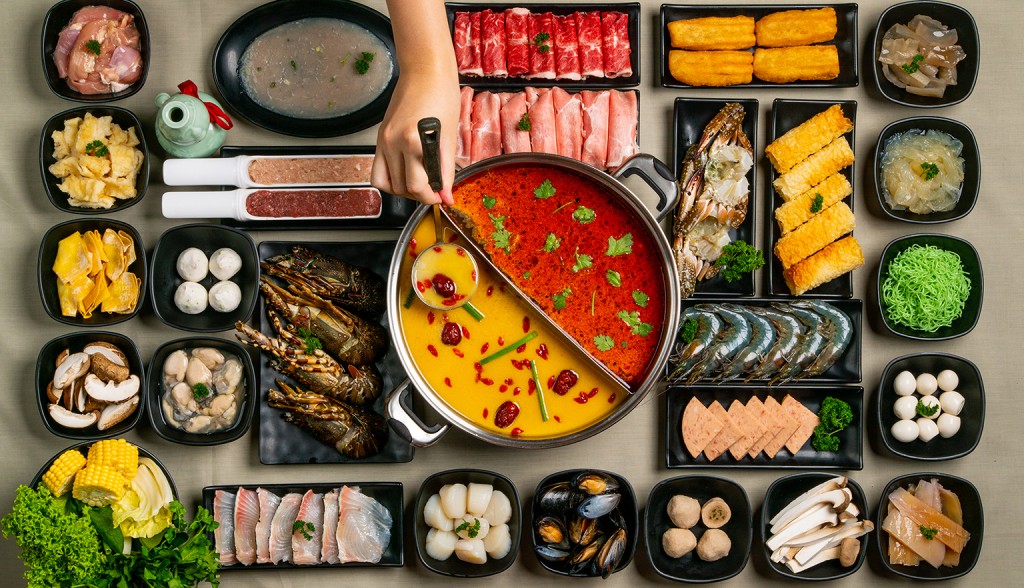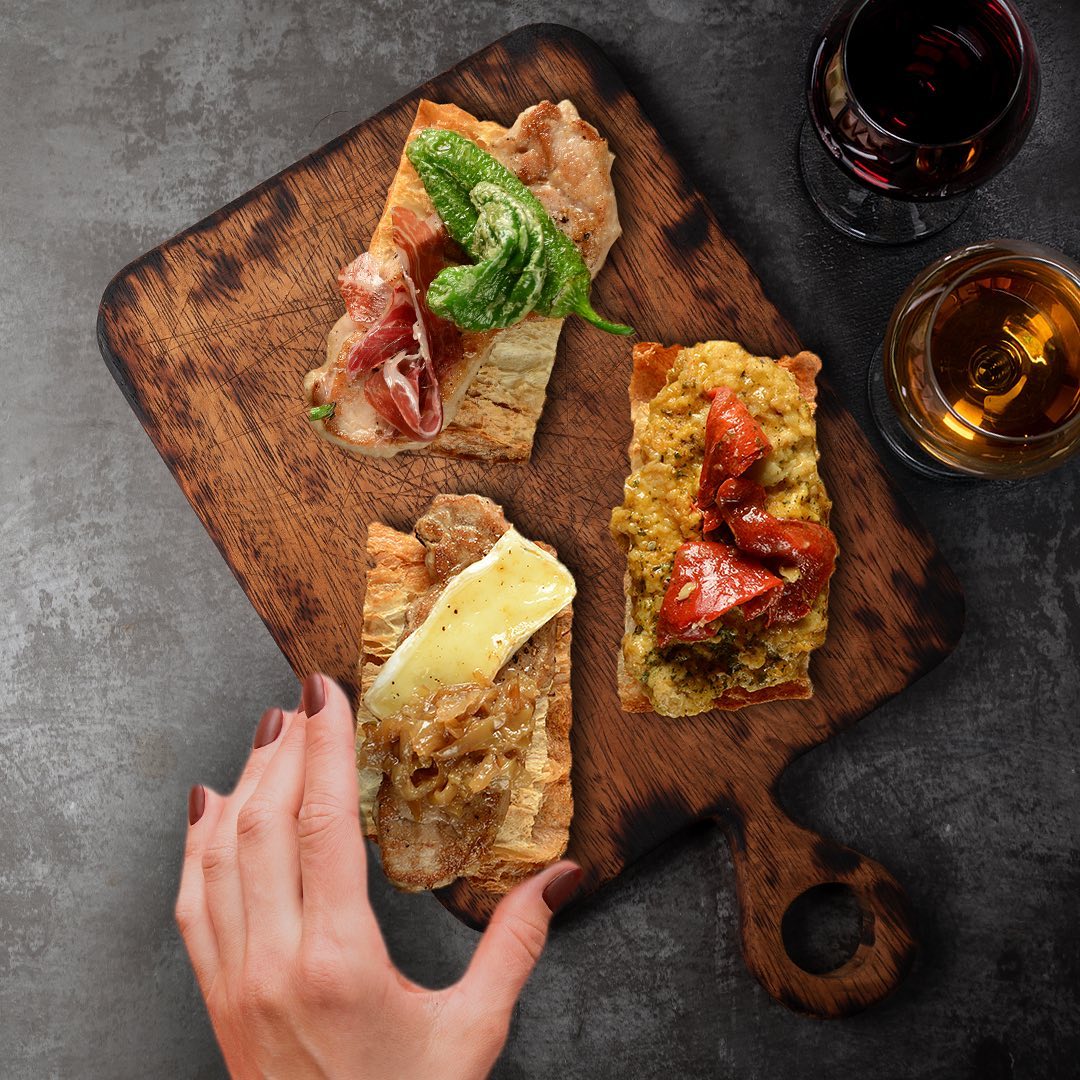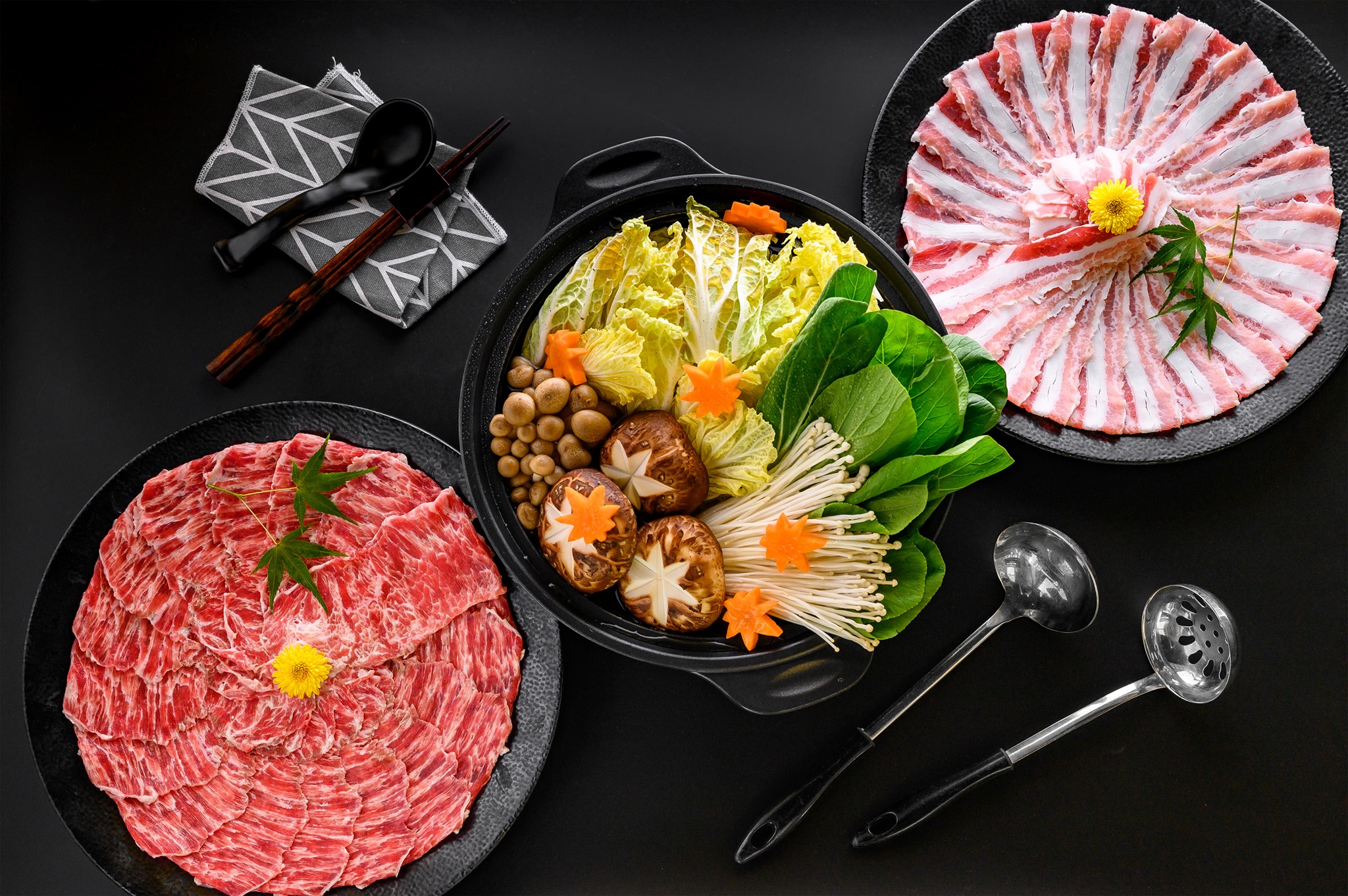Wine is all the rage these days, what with wine bars and shops popping up all over the place. Sure, just about anyone can tell you the archaic rule: Red wine with red meats, white wine with white meats. But truth is, that isn’t always the case, particularly when Asian food is involved. So we decided to get together some true wine aficionados, put their mad skills to the test and see what they came up with.
Krish’s chef Matthew Baker is known about town for his delicious South Asian-influenced modern European cuisine. But what few people know about Baker is that he is also a certified sommelier, and one of the youngest at that. We’ll save you the trouble of having to ask: Yes, he did in fact compile the wine list at his restaurant (which we dare say is at least triple the size of the food menu). “When you pair wines with food, there are two ways that you can go: You can pair wines and foods with like flavors, or you can do the opposite and do unlike flavors,” he says.
Restaurateur Andy Kiu is the man responsible for restaurants in Tokyo, Honolulu, Singapore, including Takumi Tokyo, Tonkatsu Ginza Bairin and soon, Salt Grill, and six others to be launched in Shanghai by the end of the year. No mean feat, by any stretch. He’s also worked with celebrity chef Justin Quek at Le Platane back in Shanghai. An air sommelier, back in his flying days with Singapore Airlines, his notion of fun is a “friendly sparring” session with other sommeliers. Held at Les Amis, the table of 12 is a blind tasting event at which two teams of six brave sommeliers battle it out to see whose nose (and palate) is king. “It’s all dependent on the preparation of the food, don’t restrict yourself to established rules,” he advises.
Derrick Lim, a self‑professed professional drunkard (he said it, not us), was the consulting sommelier for Waku Ghin (Tetsuya Wakuda’s Singapore outpost at Marina Bay Sands). He continues to lend his expertise to the Imperial Treasure Restaurant Group here. Quite a world of change for the young lad, who bought his first bottle of wine from 7‑Eleven, took a sip and thought it was the most disgusting drink ever. Now, he believes, “you should only get drunk on the best wine.”
For beef rendang
Despite the fact that beef is a red meat, none of our experts recommend red wines. The explanation is simply that after being cooked for an extended period of time, the beef is no longer a bloody meat. Lim points to a Pinot Gris Schlumberger Grand Cru 2006 Kitterle for a subtle wine with a hint of spice and fruit flavors. The moderate acid level, elevated alcohol and mineral content, hits the back of the palate with a tinge of saltiness that works well with the dish.
For sushi and sashimi
Baker thinks Brut Champagne, especially Blanc de Blanc, goes great. Lim agrees, listing Ruinart’s Blanc de Blancs and Bollinger Special Cuvée as his picks. Deviating slightly from the bubbly is Kiu, who believes a Domaine Marc Kreydenweiss Riesling Andlau would do nicely. He justifies his choice and expounds, “This magnificent Riesling is clean on the palate and finishes with a light tinge of sweetness. The acidity of it helps to cut the oiliness of the fish and the saltiness of the soy.”
For Hainanese chicken rice (steamed)
Kiu suggests trying it with a Loire Valley-Domaine A. Cailbourdin Les Cris. Another option that we think would work nicely (if you feel like trusting us) is St Hallett’s Eden Valley Riesling 2009. Its delicate bouquet of lemon blossoms and slight tangy lime flavors help cut through the oiliness of the dish making it a good accompaniment to one of our nation’s favorite dishes.
For South Indian cuisine
For this more heavily-spiced style of cooking, Kiu calls on a Late Harvest Sauvignon Blanc for balance and serious “oomph.” Best enjoyed as young as possible, it’s slightly sweet on the palate and makes for an unusual, memorable experience. A bolder alternative is Domaine Comte Lafon Mersault 1er Cru Clos de La Barre. Baker proposes a Moscato, for a gently sparkling, delicately balanced sweetness.
For Thai food
A New Zealand Cloudy Bay Late Harvest Riesling 2005 or De Bertoli Noble One Botrytis Semillon 2006 is Lim’s choice, particularly with a light and fresh mango salad with prawns. The honeyed sweetness of the botrytis-style dessert wine would offset the tanginess of the fruit for a balanced finish. An indulgent bottle of Inniskillin Sparkling Vidal Icewine 2007 is our poison of choice. We reckon the fizzy quality and subtle sweetness make for a good balance with spicy, sour dishes.
Some parting advice from our specialists on how to pick out good wines: “Read and be confident about it, then go for it. Even a cheap bottle of wine can be good,” says Lim. “Don’t be afraid to try new things and to experiment. There’s no right or wrong when it comes to one’s personal taste in wine,” says Baker. We couldn’t agree more.
PLUS: Our panel’s favorite wine shops
Fun facts about our experts
Matthew Baker
Most wines sampled in a day: 150
Wines sampled to date: Over 1,000
Bottles of wine required to get intoxicated: Three (but please don’t tell his mom) [TOP]
Andy Kiu
Most wines sampled in a day: Over 70
Wines sampled to date: Close to 2,000
Bottles of wine required to get intoxicated: One puts this man to sleep [TOP]
Derrick Lim
Most wines sampled in a day: Just under 300
Wines sampled to date: About 10,000
Bottles of wine required to get intoxicated: One, coupled with a bottle of beer, will do the trick [TOP]





